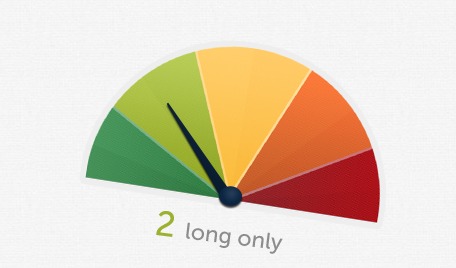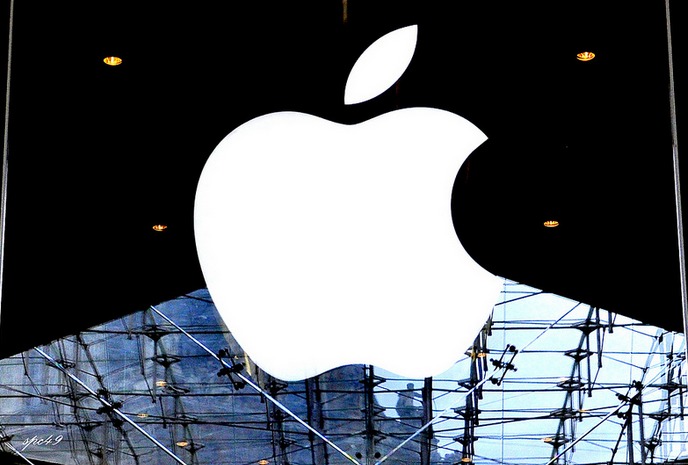 Author: Patrick McFadden, M2 Global
Author: Patrick McFadden, M2 Global
Covestor model: M2 Global
Recently, the US unemployment dropped to 8.1% on anemic job growth due to a continued shrinking of the labor participation rate.
The result is that pundits immediately indicate QE3, a third round of quantitative easing, is inevitable. Both the European Central Bank (ECB) and the US Federal Reserve (FED) have successfully benefited from such talk over the summer months as the markets in Europe and the US have moved higher.
In Europe, inflation is well above sovereign rates in Northern Europe while GDP growth is turning negative. This is mild stagflation and the ECB is likely looking very carefully at the flow of capital out of Europe and into North American assets and debt. At the same time, such flows are likely helping to float US stock markets.
QE3 on either side of the Atlantic is not likely coming this year, at least not the unsterilized (with M2-M3 increasing) variety.
Both the ECB and the FED have limited room to adjust economic activity via short term interest rates while the wealth effect from higher asset prices such as stocks has become a primary monetary policy tool. Therefore, while “don’t fight the FED” is working, the FED is not going to fight itself. A good summary of the European capital flows is discussed here.
We believe the FED wants to see the results of the election and resulting action or inaction on fiscal policy prior to committing to any additional large scale increases in the balance sheet. Both US political parties’ sides have given some very nice speeches at the respective conventions, but the real issues of the election are not being focused on heavily.
The Republicans want to drastically lower tax rates (and Obamacare is also now considered a tax) across the board hoping that the vast amount of pass through S-Corp and LLC small and medium sized business owners, and future owners, will restart the jobs engine.
The Democrats want to continue the nearly $1 trillion in annual transfer payments to those that have been so devastated by the economic failure caused by the crash in housing and the ensuing credit and capital crisis. The Democrats want to increase taxes and likely reign in spending on defense. Both sides talk about helping the middle class, but the reality is that the major relative beneficiaries of the Democrats will be the relative poor and those of the Republicans the relative wealthy. Yahoo Finance had a good piece recently on the tax issue.
The reality is that job growth will not come if the economic structures and incentives are not in place for entrepreneurs to hire and start new businesses. We tend to agree with the Laffer-Supply Side arguments and therefore believe that the Republican approach sounds interesting.
However, the last two Republican administrations severely increased US debt, primarily via defense spending and regulatory fueled blow ups in the banking sector.
The reality is that defense and healthcare are huge contributors to GDP and slowing them down this close to zero GDP growth could send us into another recession. Still, we need to find a way to meet or defense needs and increase the availability and cost fairness of the health care system without following the European model. That model does not work and is heavily dependent on leveraged banking. We already know that system is a failure when not regulated seriously.
*Any investments discussed in this presentation are for illustrative purposes only and there is no assurance that the adviser will make any investments with the same or similar characteristics as any investments presented. The investments are presented for discussion purposes only and are not a reliable indicator of the performance or investment profile of any composite or client account. Further, the reader should not assume that any investments identified were or will be profitable or that any investment recommendations or that investment decisions we make in the future will be profitable.”



